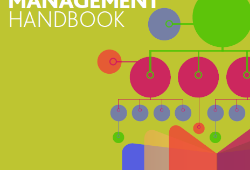Moody’s Analytics, a leader in enterprise risk management solutions, today announced the release of RiskFrontier 3.0, the latest version of its credit portfolio management and economic capital calculation solution. This release features a new sovereign risk correlation model that enables financial institutions to better quantify and manage the sovereign risk exposure in their portfolios.
The new sovereign correlation module, an extension of GCorr, Moody’s Analytics’ industry-leading, global multi-factor asset correlation model, helps credit portfolio managers assess their sovereign risk by quantifying the correlation between sovereigns, as well as the correlation between sovereigns and other asset classes. The sovereign risk model captures sovereign risk for 89 sovereigns and territories, which accounts for 99.5% of sovereign debt issuance.
“The new model incorporates factors that explain regional sovereign credit deterioration, commonly observed with contagion events,” said Dr. Amnon Levy, Managing Director of Portfolio Research.
RiskFrontier 3.0 also includes a new model for capturing the risks associated with defaulted assets. The model allows users to quantify recovery values that take into account portfolio correlation. This release also introduces new ways to assess and manage the portfolio, including the ability to analyze any subset of a given portfolio. Using this feature, clients can now quickly and easily perform “what-if” analysis by filtering a portfolio based on any combination of user-defined variables.
For users measuring portfolio performance against a benchmark, RiskFrontier 3.0 also introduces the ability to perform “what-if” analysis to assess the impact of a portfolio strategy under the current economic environment as well as against economically stressed scenarios.
The new release also improves the utility of DealAnalyzer, RiskFrontier’s deal analysis tool, by allowing for the analysis of new deals against stressed portfolios, merged portfolios and relative risk portfolios.
Subscribe to our newsletter




